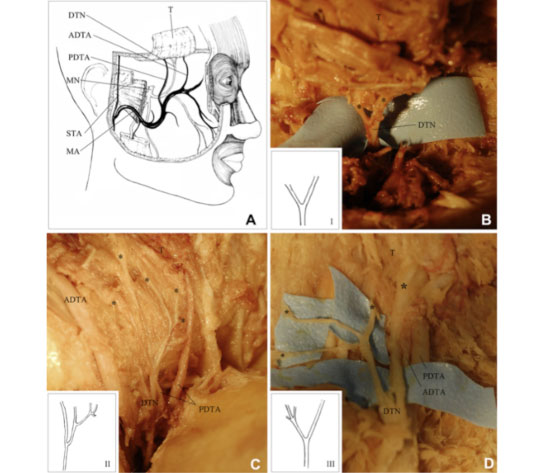Quantitative analysis of normal smile with 3D stereophotogrammetry–an aid to facial reanimation.
Sawyer AR, See M, Nduka C. J Plast Reconstr Aesthet Surg. 2010 Jan; 63(1):65-72.
Abstract
Introduction
Rubin observed that there was a great deal of variation in smiles. [Rubin LR. The anatomy of a smile: its importance in the treatment of facial paralysis. Plast Reconstr Surg 1974;53:384-7] Smile reconstruction requires an understanding of the facial movements that occur during a normal smile. Facial reanimation should be tailored for each individual patient so that the movements on the reconstructed side are similar to that on the normal side.
Aim
The aim of this study is to produce a quantitative analysis of smiles, as a basis for smile reconstruction and to compare our subject’s smiles to the classification suggested by Rubin.
Method
The smiles of 71 volunteers were analysed using three-dimensional (3D) stereophotogrammetry in x, y and z vectors. Each subject had the distances and angles of 10 surface landmarks (cheilion left and right (L&R), labiale superius/inferius, mid-lateral upper/lower lip (L&R), nasolabial fold (L&R)) moved from the relaxed position to that in a maximum smile. All subjects’ smiles were classified into the Rubin subtypes of corner of the mouth, canine and full-denture smile.
Results
The average distances and angles moved by oral landmarks during a smile in a 3D plane were–cheilion: 16.6mm at 31 degrees ; labiale superius: 8.2mm at 31 degrees; upper mid- lateral lip: 10.5mm at 25 degrees; labiale inferius: 5.3mm at -56 degrees; lower mid-lateral lip: 7.8mm at 41 degrees and nasolabial fold: 12.6mm at 33 degrees . Our population results for the smile subtypes suggested by Rubin were–corner-of-the-mouth smile: 77%, canine smile: 15% and full-denture smile: 8%.
Conclusion

Our study offers a simple quantitative method for measuring the smile to assess the outcome of reanimation surgery between different surgical procedures and units. Proportions of our study group with corner-of-the-mouth, canine and full-denture smiles were consistent with Rubin’s study.


 Sending...
Sending...